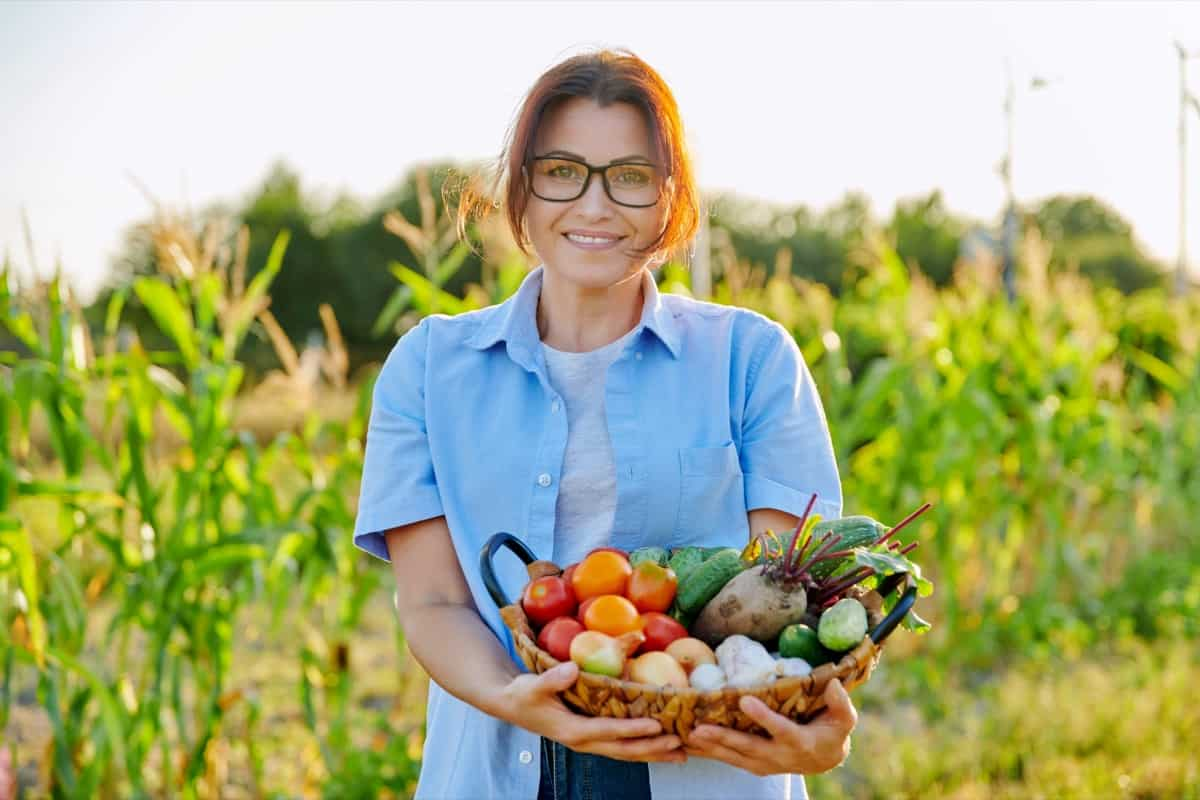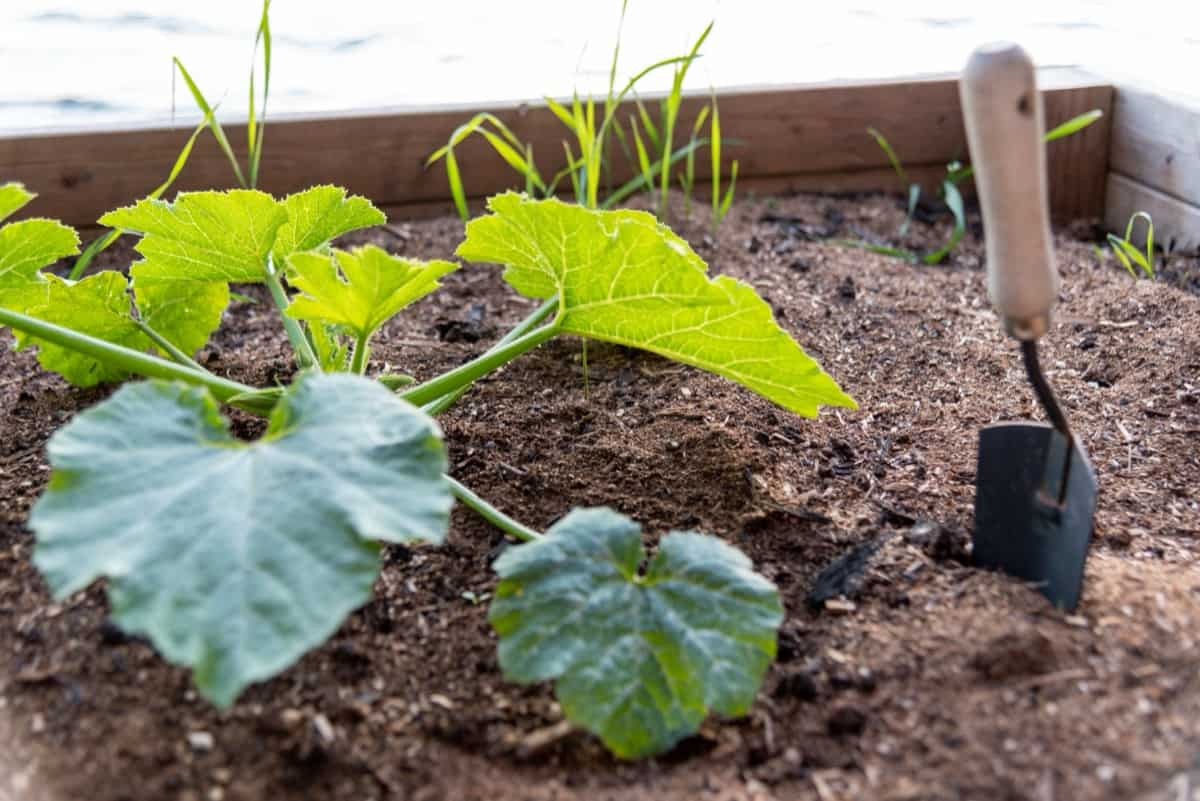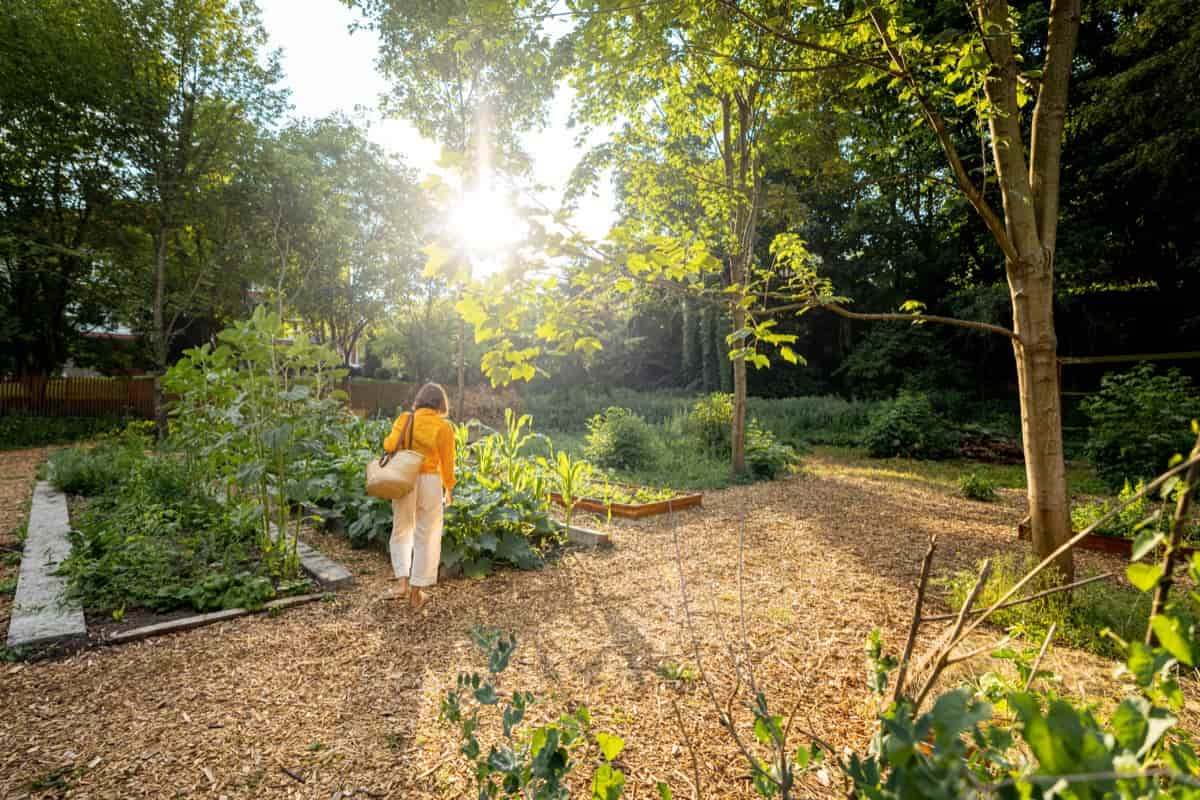For many gardeners, the question “When should I start a vegetable garden in Washington state?” is essential. The varied climate of Washington state can make it a little challenging to determine the optimal time to plant vegetables. As with many regions, the growing season in Washington state can be influenced by various factors.

If you’re wondering, “When should I start my seeds in Washington state?” this article will provide clarity, offering insights into the different eastern and western Washington climates and guiding you through the vegetable planting calendar.
When to Plant Vegetables in Washington
Understanding Washington’s Climate Zones
Washington state is divided into several distinct climate zones. The Cascade Mountains serve as a climatic divide. In the west, the area has a coastal climate with chilly, rainy winters and pleasant, dry summers. This is due to the Pacific Ocean’s influence. In contrast, eastern Washington experiences a continental climate marked by cold winters and hot, dry summers. These differences in climate zones mean that the planting schedules for eastern and western Washington can vary significantly.
Factors Affecting Vegetable Planting Dates in Washington
Several factors can affect when you should plant vegetables in Washington. Firstly, the last frost date is crucial, as planting too early can expose young plants to cold temperatures that could damage them. Soil temperature is another essential factor, as seeds require specific germination temperatures.
The length of daylight, altitude, and proximity to large bodies of water can also influence the vegetable planting dates in Washington. Gardeners should always monitor local weather forecasts and consider using protective measures like cloches or frost cloths if unexpected cold snaps are predicted.
In case you missed it: When to Prune Apple Trees in Washington State: Schedule for Cut Back, Season for Apple Tree Trimming

Planting Vegetables in Eastern Washington
Eastern Washington’s continental climate brings with it more extreme temperatures. Gardeners here should start most of their seeds indoors around late February to early March. After the risk of frost is gone, which is usually around mid to late May, you can safely put transplants outdoors. Cool-season vegetables like peas, lettuce, and spinach can be directly sown outdoors in early to mid-April. Warm-season vegetables like tomatoes, peppers, and cucumbers should wait until late May or early June when the soil has adequately warmed.
Optimal Vegetable Planting Times for Western Washington
In the maritime climate of western Washington, the growing season is generally longer but cooler. Gardeners can begin sowing cool-season crops like kale, broccoli, and radishes outdoors in late March to early April. For warm-season crops like beans, squash, and corn, it’s best to wait until late May to early June. As the summers here are milder, some crops might take a bit longer to mature, so patience is key.
Vegetable Planting Schedule for Washington
Late winter to early spring (Feb-March): Start seeds indoors for eastern and western Washington. Cool-season crops can be sown directly in eastern Washington by late March. Late spring (April-May): Direct sow cool-season crops in western Washington. After the last frost, transplant seedlings outdoors in eastern Washington by late May. Begin direct sowing warm-season crops in both regions by late May to early June.
Recommended Vegetables for Early Spring Planting in Washington
- Leafy greens like lettuce, spinach, and kale.
- Root vegetables such as radishes, carrots, and turnips.
- Brassicas like broccoli, cauliflower, and Brussels sprouts.
- Legumes like peas.
Late Spring and Early Summer Vegetable Planting Guide for Washington
- Nightshades, including tomatoes, peppers, and eggplants.
- Squashes both summer (like zucchini) and winter varieties (like butternut squash).
- Cucurbits such as cucumbers and melons.
- Corn which thrives in the longer, sunnier days of early summer.
Fall Vegetable Planting Tips for Eastern Washington
In the continental climate of Eastern Washington, fall presents a unique opportunity for gardeners to harvest a second round of crops. As the scorching heat of summer starts to wane, the more moderate temperatures of early fall can be conducive to planting cool-season crops. It’s crucial, however, to choose fast-maturing varieties to ensure they reach maturity before the first hard frost.
Vegetables such as radishes, spinach, and leaf lettuce are ideal as they grow quickly. Brassicas like broccoli, kale, and turnips can also be planted, but getting them in the ground by mid to late summer is essential to give them a head start. Protecting these plants with mulch can help retain soil moisture and regulate temperatures. Moreover, row covers or cold frames can extend the growing season and shield crops from early frosts.
Ideal Fall Planting Dates for Western Washington
With its maritime climate, Western Washington typically has milder fall temperatures than its eastern counterpart. This provides a more extended window for fall planting. From late summer to early fall, gardeners can plant various vegetables that will thrive in cooler conditions. Crops like arugula, Swiss chard, and beets can be sown directly into the garden from late August to mid-September.
In case you missed it: Easy and Best Container Plants for Washington: For Winter, Shade, and Full Sun (Summer)

For those looking to grow garlic, October is the prime planting month, allowing it to overwinter and be harvested the following summer. Utilizing raised beds can be beneficial, ensuring good drainage during the wetter months, and like in eastern Washington, using row covers can offer protection against unexpected cold snaps.
When to Plant and What Vegetables to Grow in Washington in Winter
Though winter might seem an unlikely time for gardening, Washington’s diverse climate allows for some winter gardening opportunities, especially in its western region. In Western Washington, where winters are milder, certain hardy vegetables can be planted in late fall to grow over the winter months.
Vegetables like winter lettuce, spinach, and kale can thrive with a little protection. It’s essential to select varieties labeled as “winter-hardy” or “overwintering.” Plant these crops in well-draining soil to prevent them from becoming waterlogged during heavy rains. In Eastern Washington, where winters can be harsh, consider using greenhouses or cold frames to provide a more hospitable environment for winter crops. With proper planning and protection, Washington gardens can remain productive and vibrant even during the colder months.
Vegetable Planting Schedule/Calendar Table for Washington
| Vegetable | Eastern Washington | Western Washington |
| Early Spring (Feb-Mar) | ||
| Lettuce | Start indoors | Start indoors |
| Spinach | Start indoors | Direct sow late March |
| Kale | Start indoors | Direct sow late March |
| Peas | Direct sow late February | Direct sow early March |
| Late Spring (April-May) | ||
| Tomatoes | Start indoors, transplant in late May | Start indoors, transplant in late May |
| Peppers | Start indoors, transplant in late May | Start indoors, transplant in late May |
| Broccoli | Start indoors, transplant in late April | Direct sow or transplant in April |
| Radishes | Direct sow April | Direct sow April |
| Summer (June-July) | ||
| Beans | Direct sow early June | Direct sow early June |
| Squash | Direct sow early June | Direct sow early June |
| Cucumbers | Direct sow early June | Direct sow early June |
| Corn | Direct sow early June | Direct sow early June |
| Fall (August-September) | ||
| Arugula | Direct sow early August | Direct sow late August |
| Swiss Chard | Direct sow early August | Direct sow late August |
| Beets | Direct sow early August | Direct sow late August |
| Garlic | Plant in September for next summer | Plant in October for next summer |
| Winter (October-February) | ||
| Lettuce | Use cold frame/greenhouse | Direct sow in October |
| Spinach | Use cold frame/greenhouse | Direct sow in October |
| Kale | Use cold frame/greenhouse | Direct sow in October |
In case you missed it: Organic Farming Business Plan in the USA for Maximizing Yield and Profit

Conclusion
Understanding regional planting schedules in Washington’s diverse climate is vital for maximizing garden yield. Whether in the maritime West or the continental East, timely planting ensures a bountiful harvest.
- Ultimate Guide to Ossabaw Island Hog: Breeding, Raising, Diet, and Care
- Ultimate Guide to Juliana Pig: Raising Facts, Size, Diet, Care, and Lifespan
- Raising Lleyn Sheep: Disadvantages, Price, Uses, Characteristics, and Care
- Ultimate Guide to Meishan Pig: Breed Facts, Breeding, Raising, and Care
- Ultimate Guide to Teacup Pigs: Raising, Diet, Lifespan, Cost, and Care
- Guide to Raising Poll Dorset Sheep: Facts, Profile, Characteristics, Uses, and Care
- Ultimate Guide to Bighorn Sheep: Characteristics, Diet, Lifespan, Breeding, and Lifecycle
- Ultimate Guide to Raising Katahdin Sheep: Farming Facts, Breed Profile, Uses, and Care
- Ultimate Guide to Raising Oreo Cows: Belted Galloways Farming Facts, Profile, Uses, and Care